
When a headache strikes, seemingly out of nowhere, it can ruin your entire day. But rather than reach for harmful over-the-counter medications, it’s important to do two things. First, listen to what your body is trying to tell you and change your lifestyle accordingly. Secondly, soothe symptoms with a natural remedy, like this homemade headache balm.
Common causes of headaches
We live in a “go, go, go” kind of world, where it’s easy to overlook the mind-body connection and ignore symptoms of a bigger problem. If you’ve got throbbing pain in your head, chances are there’s something about your lifestyle that needs a little tweaking. It’s your body’s way of trying to communicate with you — and it’s imperative that you listen.
If you’re getting chronic headaches, it could be dehydration, a lack of sleep, stress, caffeine withdrawal or a side effect of a medication, like antidepressants. Red wine can also encourage the body to produce histamines, which can cause your head to throb. There are a number of foods that can trigger headaches and migraines as well, including:
- Aged cheese, dried fruits: high concentrations of tyramine
- Processed foods, soy sauce: monosodium glutamate (MSG)
- Hot dogs, bacon: nitrates
- Chocolate: phenylethylamine
- Diet soda, candy: aspartame
As you can see, even the most popular foods in America can trigger a dreadful headache. So the next time your head is pounding, try to recall what you ate (or drank) in the last few hours to see if one of the foods on this list might’ve been the cause.
The dangers of OTC meds

It seems we live in a culture that’s afraid of pain. It’s all too easy to pop a pill and go on about your day, but at what cost? Pain medications may be convenient, but over time, they can come with a slew of dangerous side effects, like gastrointestinal bleeding, liver problems and heart complications. In fact, according to the American Migraine Foundation, overuse of migraine meds (more than 15 days per month) can result in rebound migraines — the very thing you’re trying to avoid in the first place.
Prolonged use of nonsteroidal anti-inflammatory drugs (NSAIDS), like ibuprofen, are well-known to cause issues in multiple body systems. For example, the FDA warns that NSAIDs can raise a person’s risk of developing a stroke, heart failure and heart attack. And when taken in combination with antidepressants, NSAIDs may also lead to bleeding in the brain. Yikes!
Natural remedies for headaches
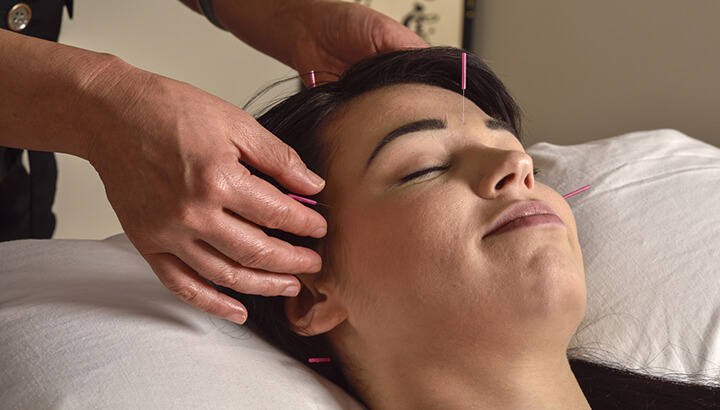
With all of the side effects that come with over-the-counter pain meds, perhaps it’s time to turn to nature instead. And if you ask 10 people what they use for headaches, you’ll likely get 10 different answers. Here are some of the popular natural remedies out there:
- Apple cider vinegar compress
- Acupuncture (or acupressure)
- Magnesium supplements
- Alternating between hot and cold showers
- Elevating your legs in a darkened room
- Deep diaphragm breathing
You can also brew a cup of fresh ginger tea, which may reduce headaches thanks to its antioxidant and anti-inflammatory properties. One study said that “Ginger is reported in Ayurvedic and Tibb systems of medicine to be useful in neurological disorders. It is proposed that administration of ginger may exert abortive and prophylactic effects on migraine headaches without any side effects.”
Drinking cayenne pepper in warm water or applying it topically may have similar effects. In one study, researchers wrote, “Our data show that topical capsaicin may relieve arterial pain in absence of and during a migraine attack in a substantial number of patients experiencing scalp arterial tenderness.”
Essential oils for headache treatment
Essential oils have a wide range of applications, from stabilizing mood to healing wounds to promoting sleep. Researchers have found that some essential oils can even alleviate headaches and migraines, like lavender.
In one study, researchers worked with 47 patients diagnosed with migraine headaches. They instructed half of the participants to inhale lavender in 15-minute intervals, then had the other group inhale a placebo for the same amount of time. Surprisingly, researchers concluded that “inhalation of lavender essential oil may be an effective and safe treatment modality in acute management of migraine headaches.”
Peppermint essential oil is another good one, thanks to its menthol content. Researchers have found that topical application to the temples and forehead may help to relieve headaches, which is why it’s the primary ingredient in our homemade headache balm recipe (see below).
Homemade Headache Balm Ingredients
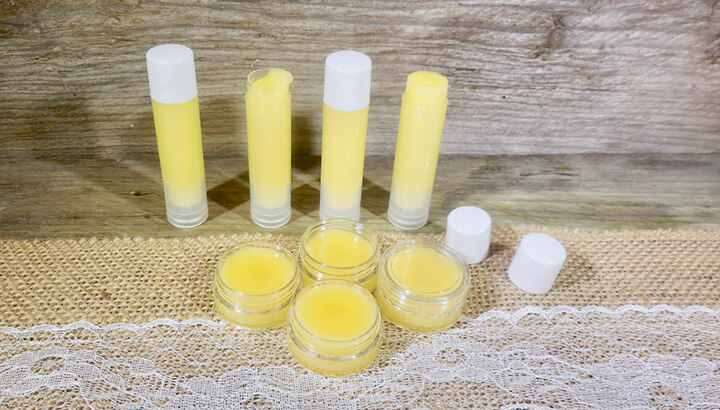
- 2 tbsp almond oil
- 1 tbsp beeswax
- 10 drops lavender essential oil
- 20 drops peppermint essential oil
- 10 drops frankincense essential oil
Equipment
- Glass measuring cup
- Lip balm tubes
Instructions
1. Measure the almond oil and the beeswax.
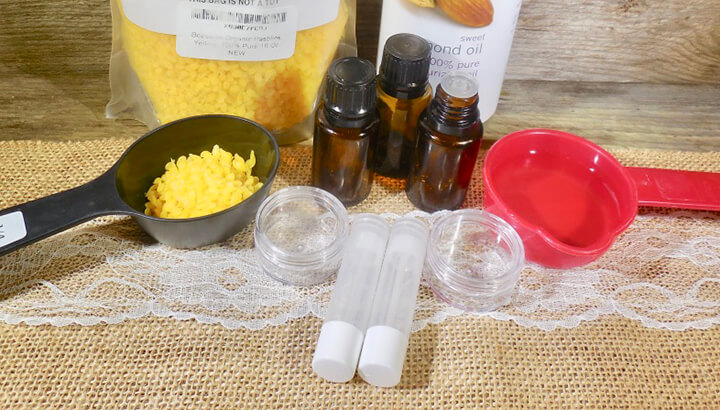
2. Slowly melt ingredients in a glass measuring cup in the microwave.
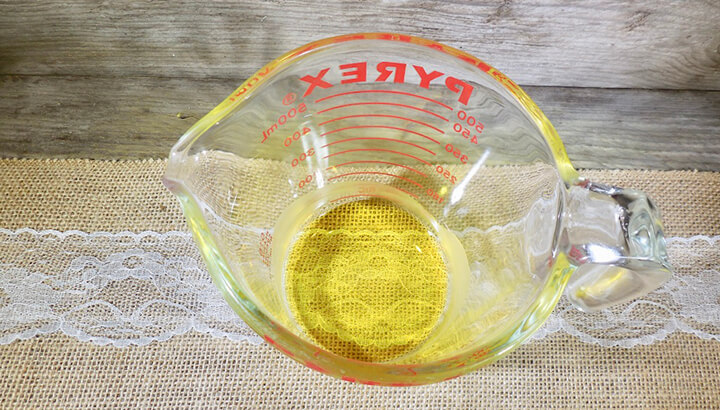
3. Add the essential oils and stir well.
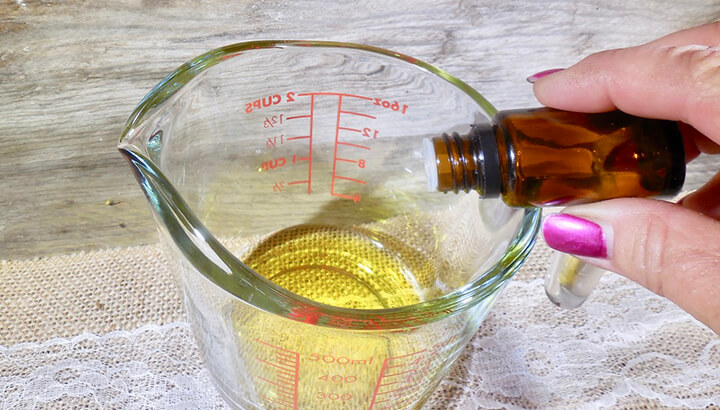
4. Immediately pour mixture into the tubes.
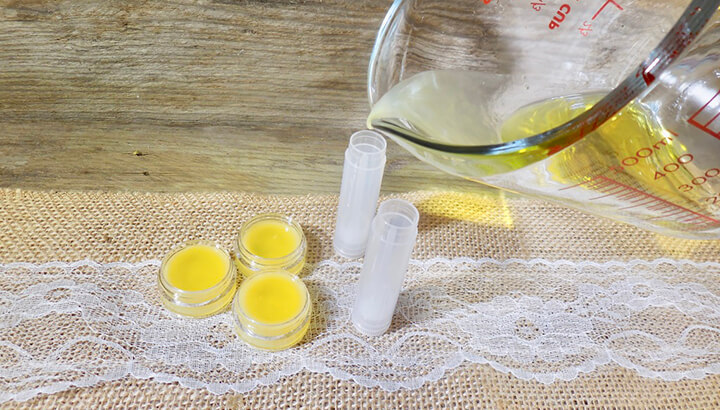
5. Rub the balm into your temples and across your forehead as often as needed. You can also give this coconut oil headache balm a try.
What are your favorite headache remedies? Did you have good luck with this recipe? Let us know in the comments!
— The Alternative Daily

